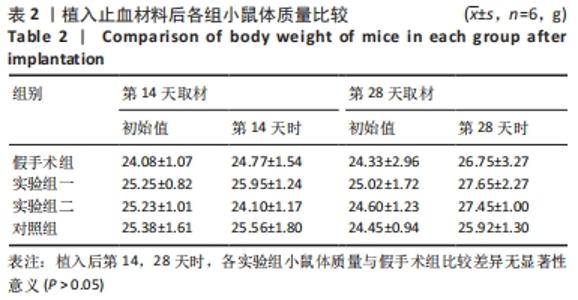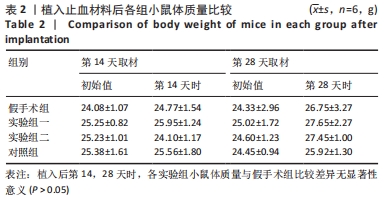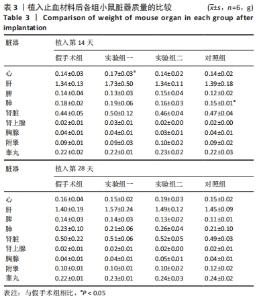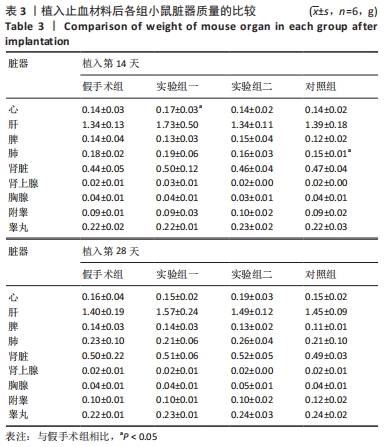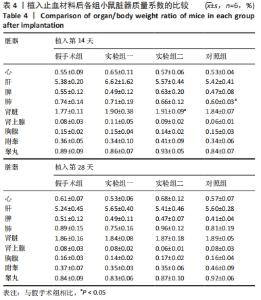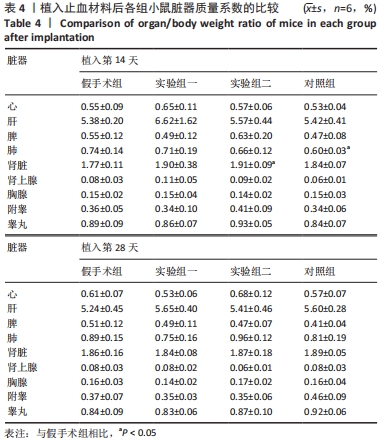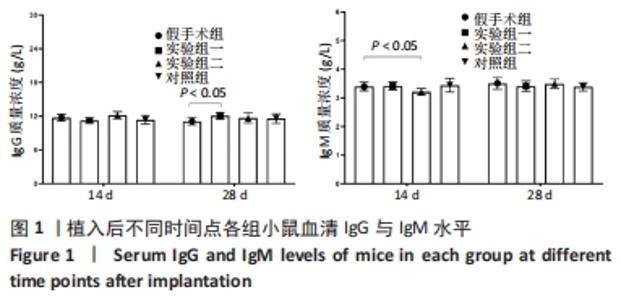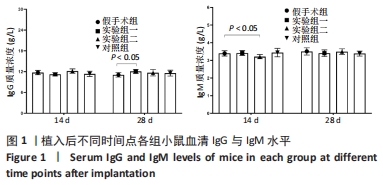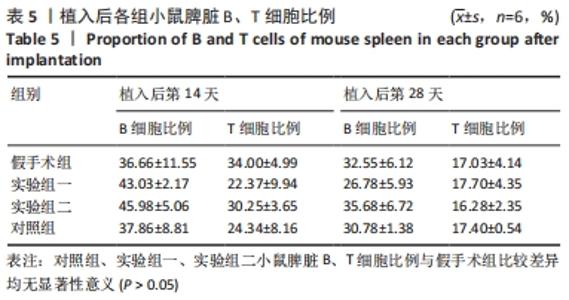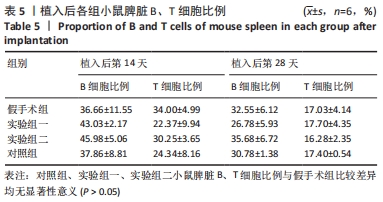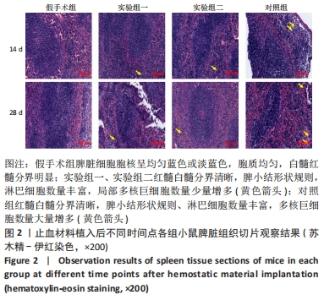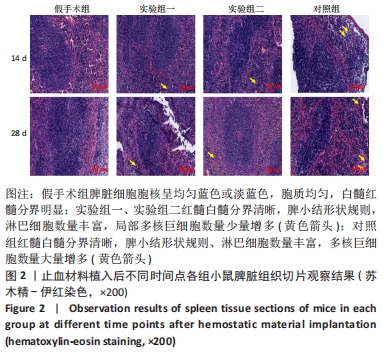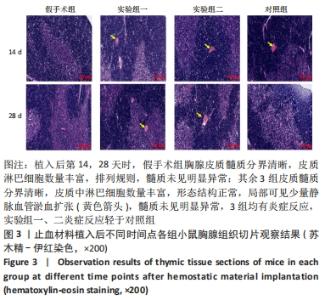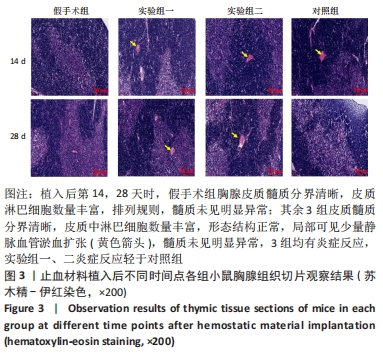[1] 张爽,徐庆华,童琳,等.可吸收止血材料的研究现状与应用[J].中国组织工程研究,2021,25(10):1628-1634.
[2] 李若慧,张雪,单丹彤,等.壳聚糖的生物相容性[J].中国组织工程研究,2012,16(12):2237-2240.
[3] MOADDAB M, NOURMOHAMMADI J, REZAYAN AH. Bioactive composite scaffolds of carboxymethyl chitosan-silk fibroin containing chitosan nanoparticles for sustained release of ascorbic acid. Eur Polym J. 2018; 103:40-50.
[4] SHEN J, JIN B, QI YC, et al. Carboxylated chitosan/silver-hydroxyapatite hybrid microspheres with improved antibacterial activity and cytocompatibility. Mater Sci Eng C Mater Biol Appl. 2017;78:589-597.
[5] KURNIASIH M, PURWATI, CAHYATI T, et al. Carboxymethyl chitosan as an antifungal agent on gauze. Int J Biol Macromol. 2018;119:166-171.
[6] WANG W, MENG Q, LI Q, et al. Chitosan derivatives and their application in biomedicine. Int J Mol Sci. 2020;21(2):487-513.
[7] 曾莉君,程刚毅,王赟,等.复合大孔聚多糖止血材料对肝脏钝挫伤止血的有效性研究[J].中华损伤与修复杂志(电子版),2018,13(2): 88-93.
[8] 李宏伟,许零.复合大孔聚多糖可吸收止血材料在甲状腺创面止血的临床评价[J].中国医院药学杂志,2021,41(18):1870-1874.
[9] WEI W, LIN Z, LEI S, et al. Biocompatibility and immunotoxicology of the preclinical implantation of a collagen-based artificial dermal regeneration matrix. Biomed Environ Sci. 2018;31(11):829-842.
[10] 徐丽明.生物源医疗器械的检测与评价专栏[J].药物分析杂志,2018, 38(8):1285-1287.
[11] 方宇,余庆.细菌内毒素的免疫原性及其抗体产生规律[J].上海免疫学杂志,1986,6(6):339-341.
[12] 洪小栩.动物来源的药用辅料质量应基于全过程的质量控制[J].中国食品药品监管,2018(9):52-58.
[13] 孙磊,袁源,牛睿,等.辐照和EO灭菌对SIS材料免疫原性的对比研究[J].北京航空航天大学学报,2020,46(12):2245-2252.
[14] GB/T 16886.20-2015, 医疗器械生物学评价 第20部分:医疗器械免疫毒理学试验原则和方法[S]. 中华人民共和国国家质量监督检验检疫总局;中国国家标准化管理委员会,2015:20.
[15] 施新猷.医用实验动物学[M].西安:陕西科学技术出版社,1989.
[16] 姜丽娟,李玲,张春霞,等.可吸收多糖微球的制备及生物相容性研究[J].生物医学工程研究,2014,33(1):32-34.
[17] 姚刚,郎天琼,张慧,等.黔产千里光乙醇提取物对脏器质量及脏器系数的影响[J].贵州中医药大学学报,2020,42(5):29-33.
[18] 彭燕,杨小青,张翔,等.莲子心总碱毒性和对四氯化碳急性肝损伤的保护作用[J].中国医药导报,2017,14(13):25-28+49.
[19] YY/T 1465.2-2016, 医疗器械免疫原性评价方法 第2部分:血清免疫球蛋白和补体成分测定(ELISA法)[S].国家食品药品监督管理总局,2016:1-8.
[20] 俞发荣,张诗爽,张振南,等.玛咖提取物对小鼠毒性及免疫器官的影响[J].中国实验动物学报,2016,24(3):279-282.
[21] 许零,马晓春,曾莉君,等.复合大孔聚多糖止血材料的制备及其体外性能研究[J].中国医药导报,2018,15(11):17-20.
[22] 王文平,张文红,杜茂涛,等.脱细胞猪小肠黏膜下层粉末用于大鼠脾部分切除创面止血的研究[J].局解手术学杂志,2021,30(4):281-285.
[23] DONG W, HAN BQ, FENG YL, et al. Pharmacokinetics and biodegradation mechanisms of a versatile carboxymethyl derivative of chitosan in rats: in vivo and in vitro evaluation. Biomacromolecules. 2010;11(6):1527-1533.
[24] 袁本利.药物安全评价中脏器系数的意义及不足[J].中国新药杂志, 2003,12(11):960-963.
[25] 邵安良,魏利娜,范昌发,等. Gal抗原缺失小鼠的应用示范:动物源性硬脑膜补片的免疫原性反应评价[J].药物分析杂志,2018,38(8): 1296-1303.
[26] URIST MR, IWATA H, CEECOTTI PI, et al.Bone morphogenesis in implants of insoluble bone gelatin. Proc Natl Acad Sci USA. 1973;70(12):3511-3515.
[27] 张卓光.疫苗中牛源明胶的致敏作用[J].国外医学(预防、诊断、治疗用生物制品分册),2002,25(2):75-77.
[28] 董鹏飞,杨佑成,崔军,等.羧甲基壳聚糖钙体外细胞毒性的实验[J].中国组织工程研究与临床康复,2009,13(34):6671-6674.
[29] 吴刚.羧甲基壳聚糖的应用[J].滁州学院学报,2007,9(6):65-67.
[30] BAEVA LARISSA F, DAS SS, HITCHINS VM. Bacterial endotoxin detection in hyaluronic acid-based medical devices. J Biomed Mater Res B Appl Biomater. 2017;105(5):1210-1215.
[31] 黄瑛,姜华,李路路,等.生物技术药物免疫原性评价的技术发展概述[J].药物评价研究,2017,40(7):999-1004.
|
